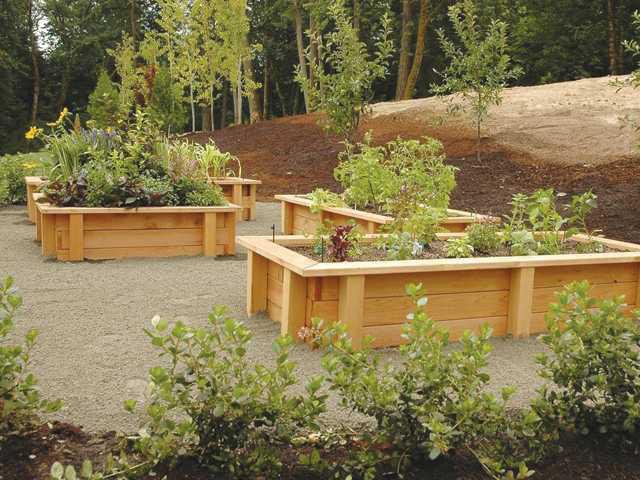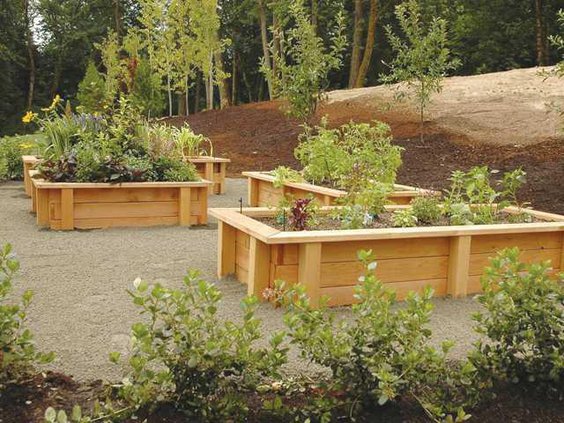Small yards, city dwelling or soil that’s sandy, rocky or full of clay - it seems no obstacles can keep Americans from the joys of gardening. More than 78 million U.S. households grow gardens, according to the Garden Writers Association Foundation, and many of them don’t have optimal conditions to plant their gardens in the ground. When space constraints or soil conditions make traditional gardens impossible or inconvenient, gardeners turn to raised beds and planter boxes to grow the vegetables, herbs and flowers they crave.
The Farmer’s Almanac points to many other advantages of raised beds, such as: they can produce a big harvest in a small area, allow you to start planting earlier in the season and make gardening easier overall. If you’ve never gardened in a raised bed, you may be unsure how to begin reaping the benefits of this type of planting. Here is the 101 on growing your own produce in planter boxes or raised beds:
u Finding the right spot
Space considerations will influence the location of your raised bed or planter box. You’ll also want to consider how much time you have to invest in your garden. A larger bed will require more work, but it can also deliver a larger harvest. Ideally, a planter box or raised bed should occupy the sunniest spot available. Avoid areas that get a lot of shade; veggies need a lot of sun in order to grow.
u Choosing the right material
The material you use to build your planter or raised bed can influence your garden’s overall success. Savvy gardeners often turn to untreated Western Red Cedar when constructing planters or beds. The lumber is naturally rot and weather resistant, so it’s a better choice than manmade products or other types of less impervious woods that may need to be treated with potentially dangerous chemicals that could leech into the soil. Light and straight, it’s an easy material to work with, and it is more affordable than composites. Western Red Cedar is sustainably harvested, and its harvesting, manufacture and transportation all generate fewer greenhouse emissions than other types of materials - so it’s appealing to the environmentally conscious gardener. To learn more about Western Red Cedar, visit www.realcedar.com.
Right-sizing
Your bed or planter should fit the available space and leave plenty of room for you to work the garden without requiring you to step into the bed. Width can range from 2 to 4 feet, and the ideal length is typically 8 to 12 feet. Beds and planters should be at least 6 inches deep, with 12 inches allowing an optimum depth for good root development.
Preparing the soil
If you’re creating a raised bed, you’ll need to ensure the soil beneath is not compacted. Dig down 6 to 8 inches to loosen the soil. For both planters and raised beds, create a mixture of topsoil and organic material such as compost or manure. Remember, even with this good, nutrient-rich start, you’ll need to regularly fertilize your garden throughout the growing season.
Overcome challenges with raised beds and planters




